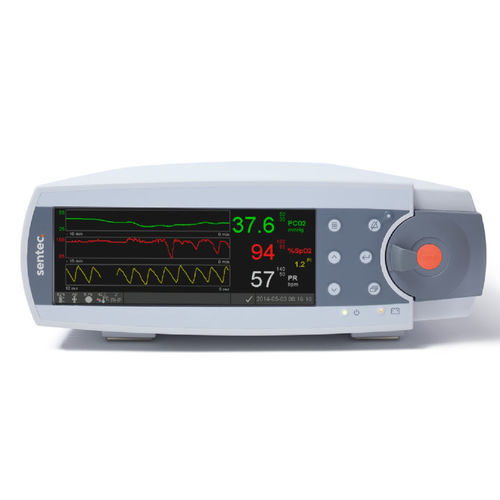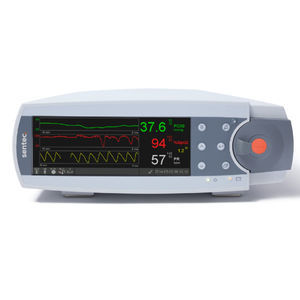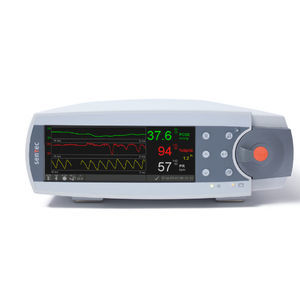
Transcutaneous patient monitor tabletopRESPtcpCO2

Add to favorites
Compare this product
Characteristics
- Configuration
- tabletop
- Measured parameter
- RESP, tcpCO2, NIBP
- Applications
- intensive care, clinical
- Patient condition
- COPD
- Technology
- pulse wave analysis
- Other characteristics
- continuous, non-invasive, transcutaneous
Description
Supporting less invasive care across the patient journey
Accurate, continuous CO2 values regardless of ventilation mean crucial information about patient status is available to inform care at transition points.
BENEFITS FOR PATIENTS
Less pain
Continuous, accurate tcPCO2 information means fewer painful arterial punctures can be performed without sacrificing visibility into patient status.
More comfort
No cannula is required, and the gently-warming sensor can be left in place for as long as 12 hours at a time.
BENEFITS FOR PROVIDERS
Continuous information; fewer blood draws
Real-time, accurate tcPCO2 data means clinicians can keep a close eye on patient status with fewer painful blood draws.
Better accuracy where it matters
tcPCO2 has been shown to have better accuracy than end tidal CO2, especially in COPD patients and those on NIV.
BENEFITS FOR FACILITIES
Cost-savings
Fewer blood draws on ventilated patients translates to cost savings on supplies and increased efficiencies in the respiratory care workflow.
Support for guideline-based treatment
Noninvasive ventilation methods are more important than ever – transcutaneous monitoring lets clinicians choose NIV without settling for CO2 monitoring that is inaccurate or incomplete.
VIDEO
Catalogs
No catalogs are available for this product.
See all of Sentec‘s catalogsRelated Searches
- Patient monitor
- Portable patient monitor
- Blood pressure patient monitor
- Pulse oximetry patient monitor
- NIBP patient monitor
- Critical care patient monitor
- Compact patient monitor
- Temperature patient monitor
- Clinical patient monitor
- Capnography patient monitor
- Breathing patient monitor
- Pulse rate patient monitor
- Continuous patient monitor
- Tabletop patient monitor
- Non-invasive patient monitor
- Anesthesia patient monitor
- Wearable patient monitor
- Baby patient monitor
- Home care patient monitor
- Sleep apnea patient monitor
*Prices are pre-tax. They exclude delivery charges and customs duties and do not include additional charges for installation or activation options. Prices are indicative only and may vary by country, with changes to the cost of raw materials and exchange rates.





